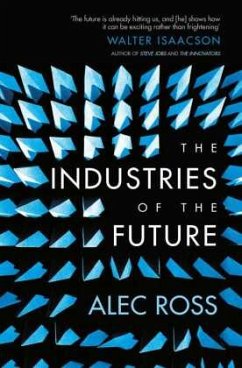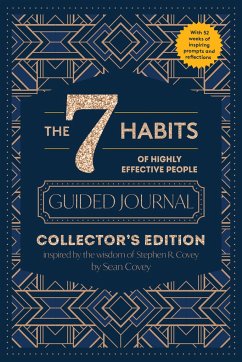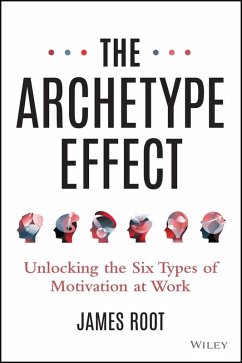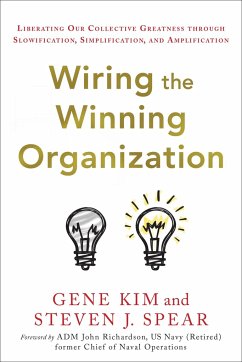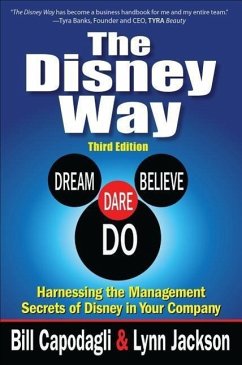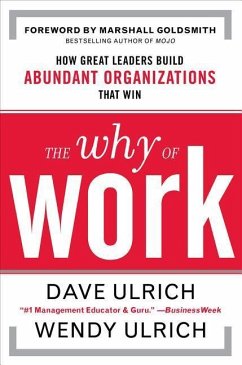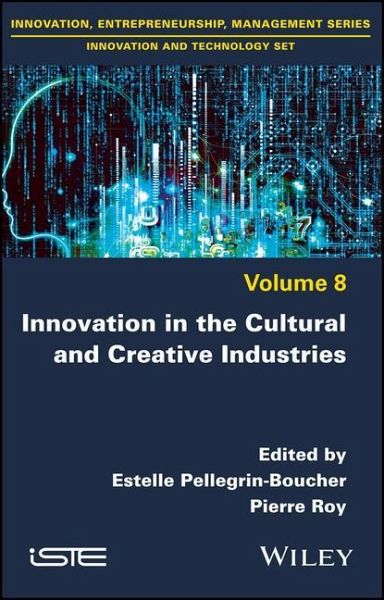
Innovation in the Cultural and Creative Industries
Versandkostenfrei!
Versandfertig in über 4 Wochen
159,99 €
inkl. MwSt.
Weitere Ausgaben:

PAYBACK Punkte
80 °P sammeln!
Technological innovations, sociological and consumer trends, and growing internationalization are transforming the cultural and creative industries (CCIs). These changes present new challenges for CCIs that require original and inventive answers. Innovation in the Cultural and Creative Industries analyzes the powerful strategies put in place by CCI organizations such as Nintendo, the Lascaux Cave and Daft Punk. The case studies presented in this book cover video games, books, music, museums, fashion, film and architecture. Each chapter is organized around five key points: a theoretical framewo...
Technological innovations, sociological and consumer trends, and growing internationalization are transforming the cultural and creative industries (CCIs). These changes present new challenges for CCIs that require original and inventive answers. Innovation in the Cultural and Creative Industries analyzes the powerful strategies put in place by CCI organizations such as Nintendo, the Lascaux Cave and Daft Punk. The case studies presented in this book cover video games, books, music, museums, fashion, film and architecture. Each chapter is organized around five key points: a theoretical framework that focuses on a specific concept, a description of the methodological mechanism mobilized, a presentation of the industry concerned, the analysis of the innovative strategy and a recap of the lessons and best practices demonstrated by the case.






